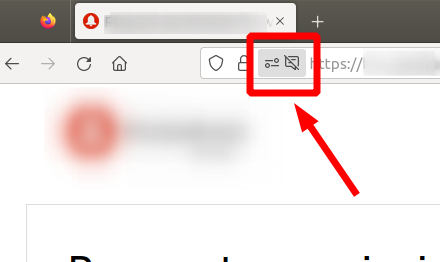
Tips for Managing Indoor Plant Pests
Key Takeaways
- Identify common indoor plant pests and their signs.
- Implement preventive measures to keep pests at bay.
- Use non-toxic methods and products for pest management.
- Regularly inspect your plants to ensure their health.
- Maintain optimal growing conditions for your plants.
Caring for indoor plants can be rewarding, though it often comes with its challenges. One of the most common issues faced by indoor gardeners is pests. Knowing how to manage these unwelcome visitors is essential to keep your plants healthy and thriving. In this article, we will discuss effective strategies for identifying and managing common pests found on indoor plants.
Identifying Common Indoor Plant Pests
Before you can manage pests effectively, it’s crucial to know how to identify them. Here’s a list of the most common indoor plant pests you might encounter:
| Pest | Signs of Infestation | Common Plants Affected |
|---|---|---|
| Aphids | Yellowing leaves, sticky residue | Foliage plants, flowering plants |
| Spider Mites | Webbing on leaves, speckled leaves | Succulents, flowering plants |
| Mealybugs | White cottony spots, leaf drop | Succulents, tropical plants |
| Whiteflies | Small white flying insects, yellowing leaves | Foliage plants, flowering plants |
| Fungus Gnats | Small flies around plants, damp soil | Houseplants in moist soil |
Preventive Measures
Preventing pest infestations is always better than managing them after they occur. Here are some effective strategies:
- Choose Healthy Plants: When purchasing plants, ensure they are free of pests and diseases.
- Inspect Regularly: Regular inspections can help you catch infestations early. Look under leaves and check for signs of pests.
- Maintain Proper Conditions: Keep your plants healthy by optimizing light, water, and humidity levels.
- Isolate New Plants: Always quarantine new plants for a few weeks before introducing them to your collection.
- Use Insecticidal Soap: Consider using insecticidal soap as a preventive treatment.
Managing Indoor Plant Pests
If you've already encountered pests, don’t panic! Here are effective management techniques:
- Manual Removal: For larger pests, manually remove them using a cotton swab dipped in alcohol or simply by washing them off under a gentle stream of water.
- Insecticidal Soap: Spray an insecticidal soap solution on the affected plants according to the product instructions.
- Natural Remedies: Consider using natural repellents like neem oil or a mixture of water with mild soap.
- Sticky Traps: Place yellow sticky traps near the plants to catch flying pests like whiteflies.
- Diatomaceous Earth: Sprinkle food-grade diatomaceous earth on the soil surface to deter crawling pests.
Post-Management Care
After managing a pest infestation, it’s vital to provide your plants with ongoing care:
- Prune Damaged Leaves: Remove any leaves that show severe damage to encourage new growth.
- Monitor Conditions: Adjust watering, light, and humidity to support your plants' recovery.
- Continue Checking for Pests: Maintain regular inspections to catch any potential issues early.
Tips for Beginners
If you're new to indoor gardening, here are some helpful tips to keep your plants pest-free:
- Start with low-maintenance houseplants, which are less prone to pests.
- Educate yourself about the specific needs of each type of plant, including care and common pests.
- Join online communities or forums to share experiences and gain insights from other plant lovers.
Conclusion
Managing indoor plant pests may seem challenging, but with the right knowledge and techniques, you can keep your plants healthy and thriving. Remember to identify pests early, implement preventive measures, and use effective management strategies. For more insights on caring for your houseplants, check out our Care Tips section.
Pros
- Healthy plants improve indoor aesthetics.
- Knowledge of pest management enhances your gardening skills.
- Regular care leads to healthier plants and fewer pest issues.
Cons
- Pest management requires ongoing attention.
- Some treatments may be time-consuming.
- Misidentification of pests can lead to ineffective solutions.

